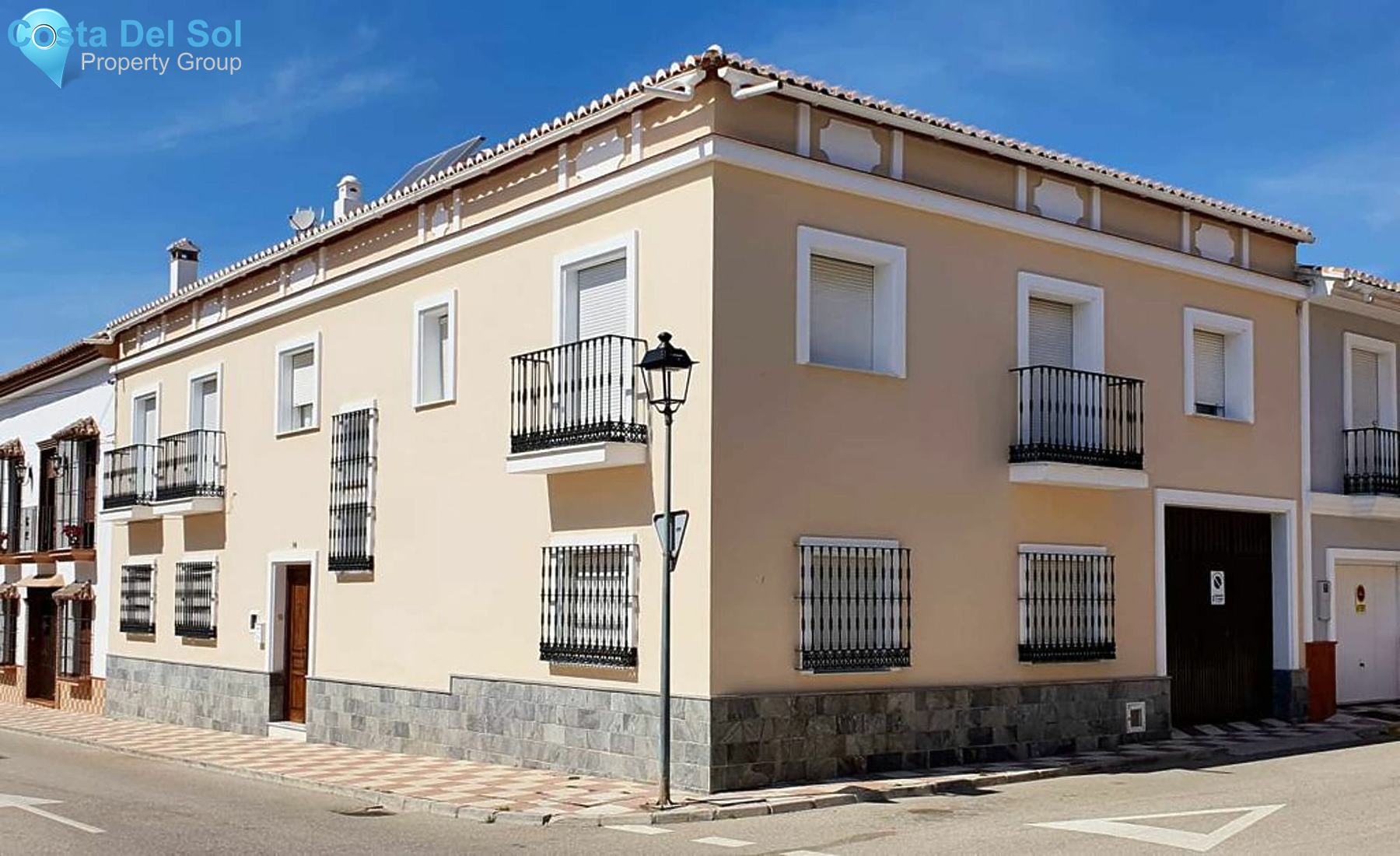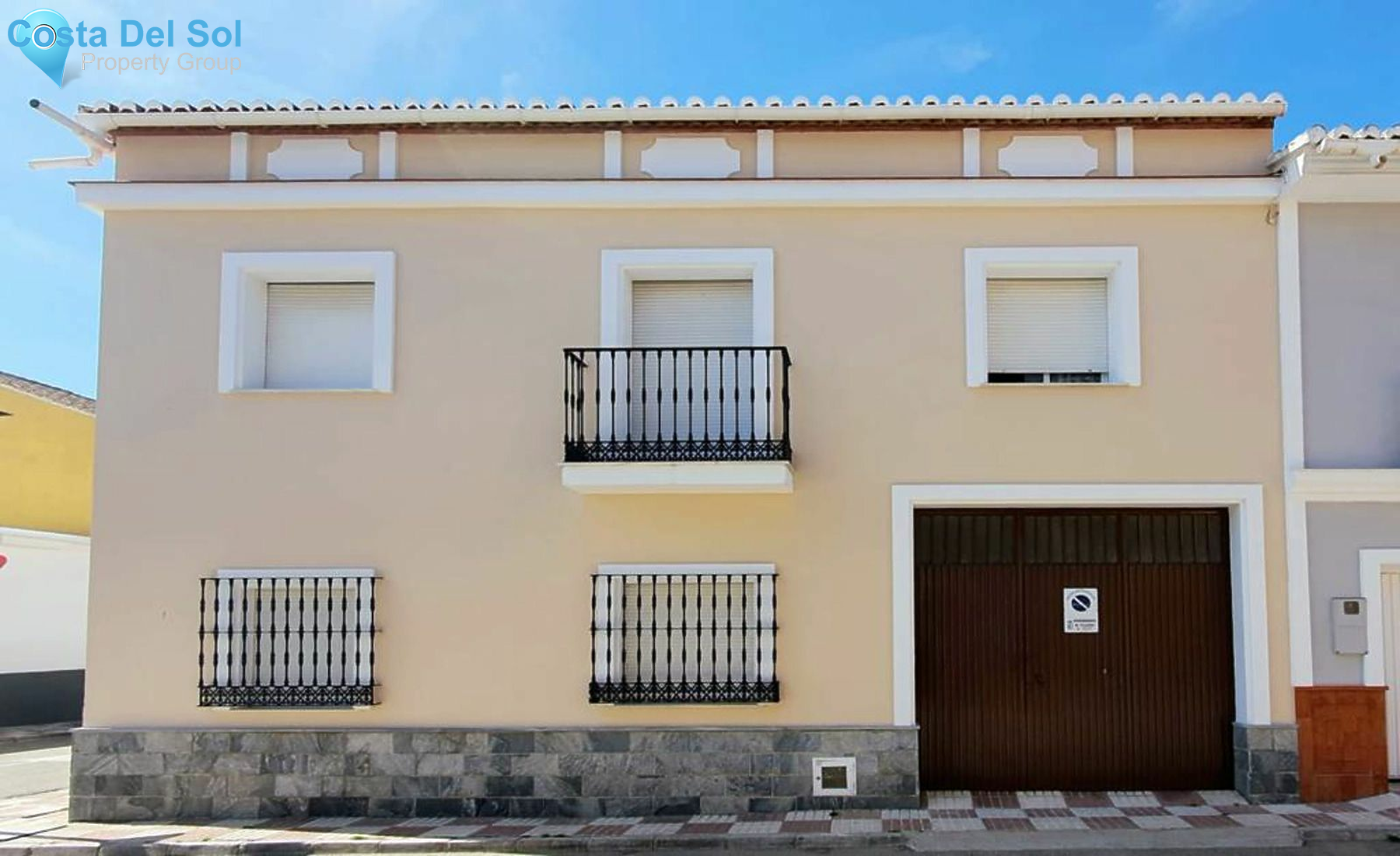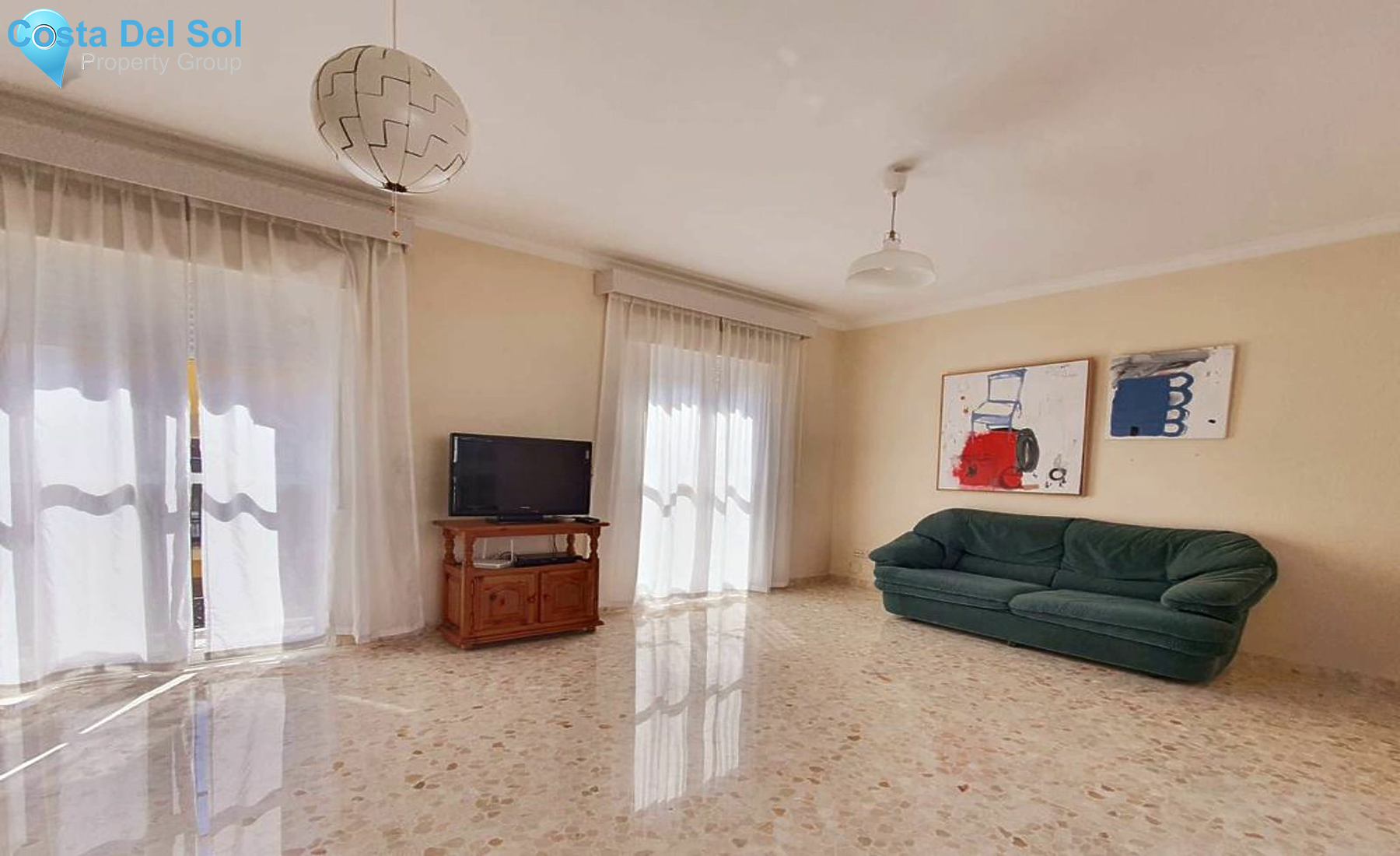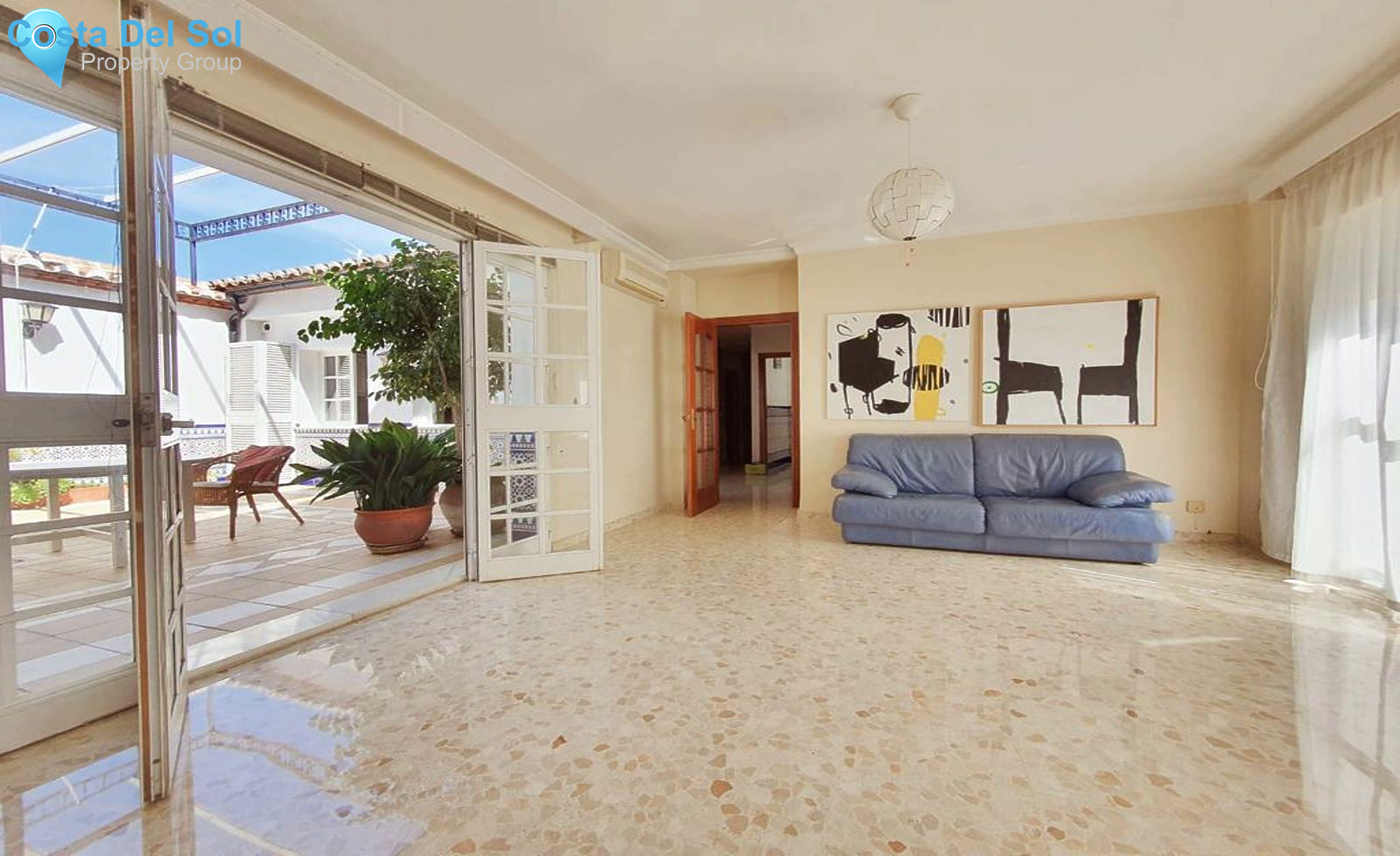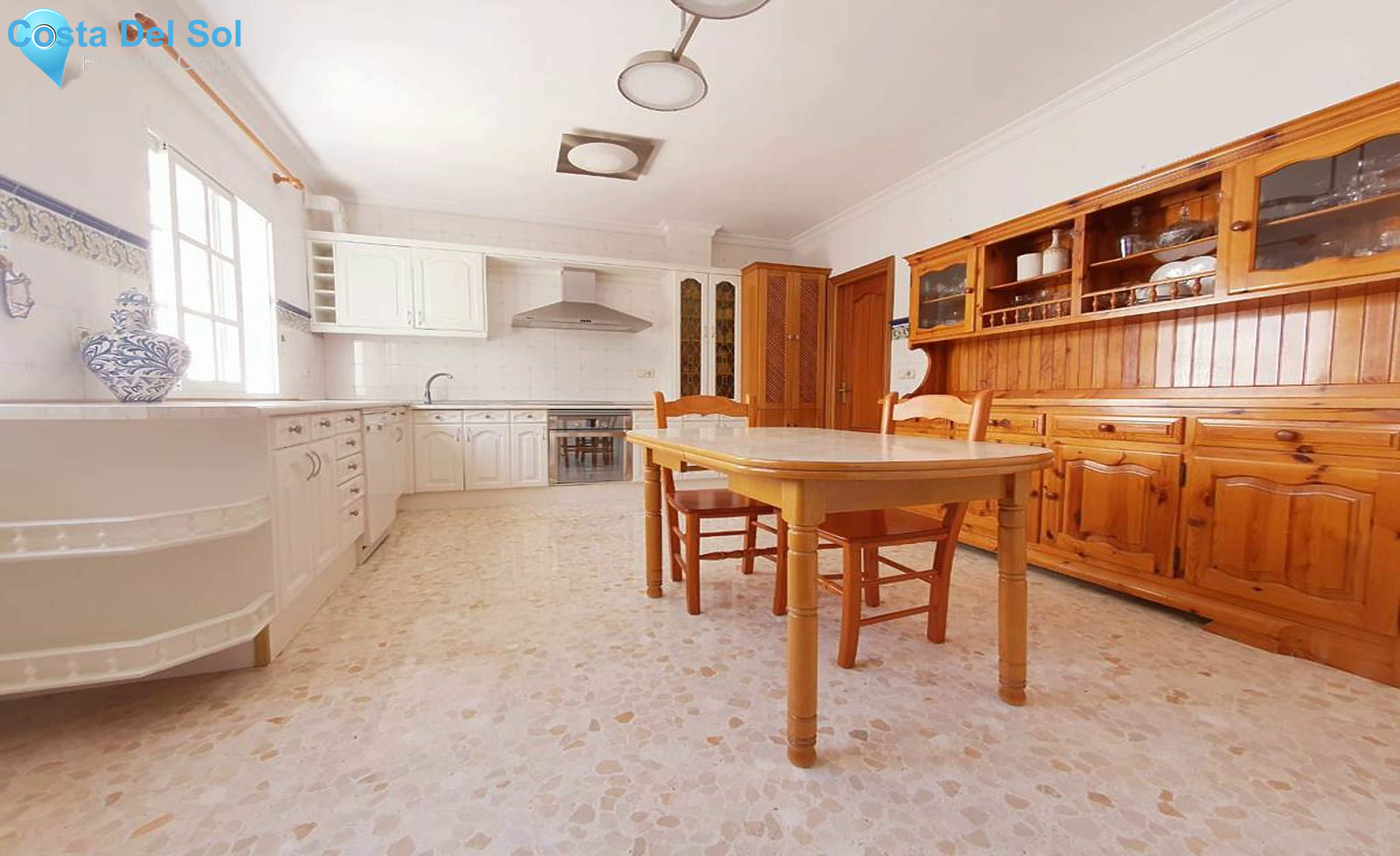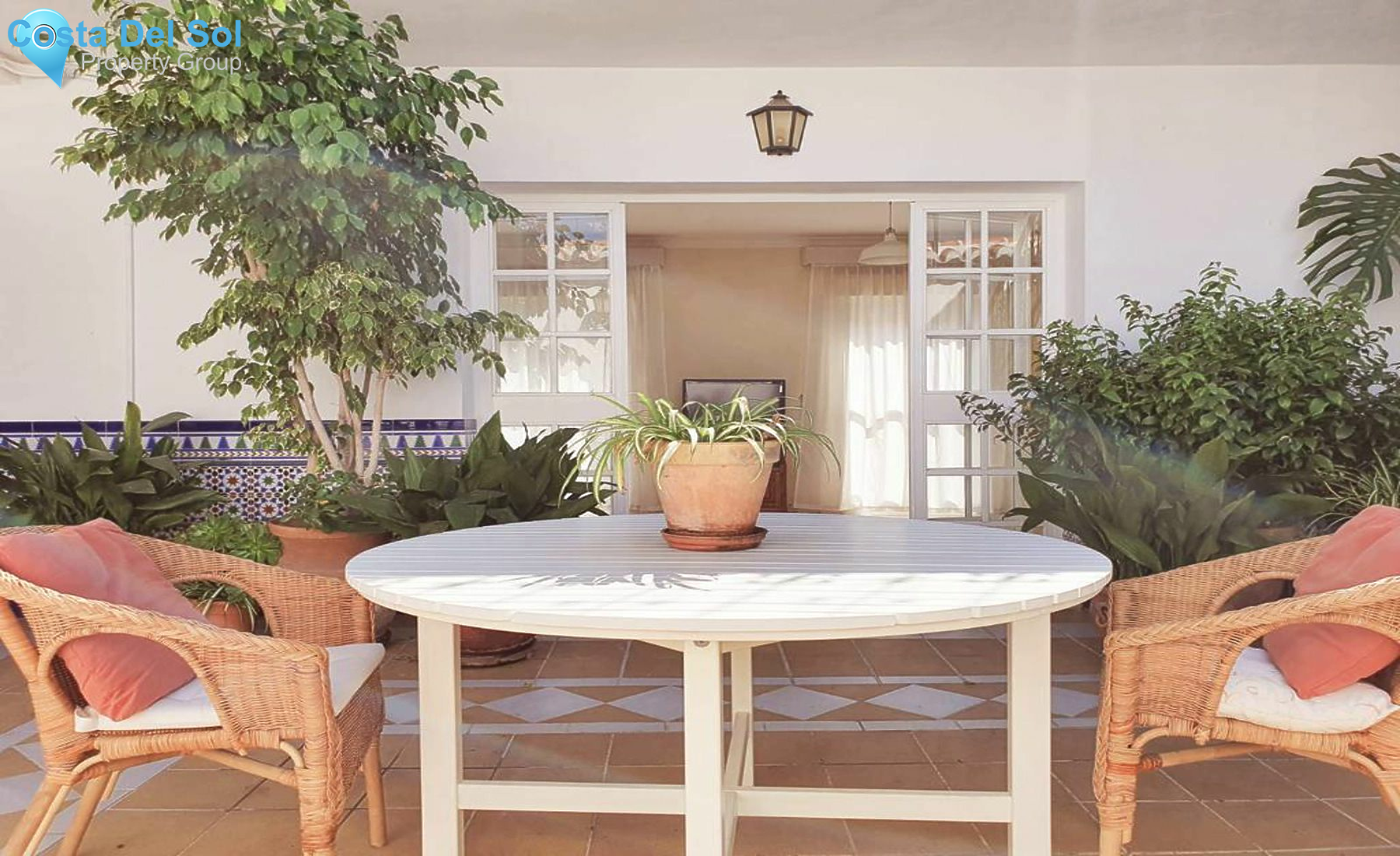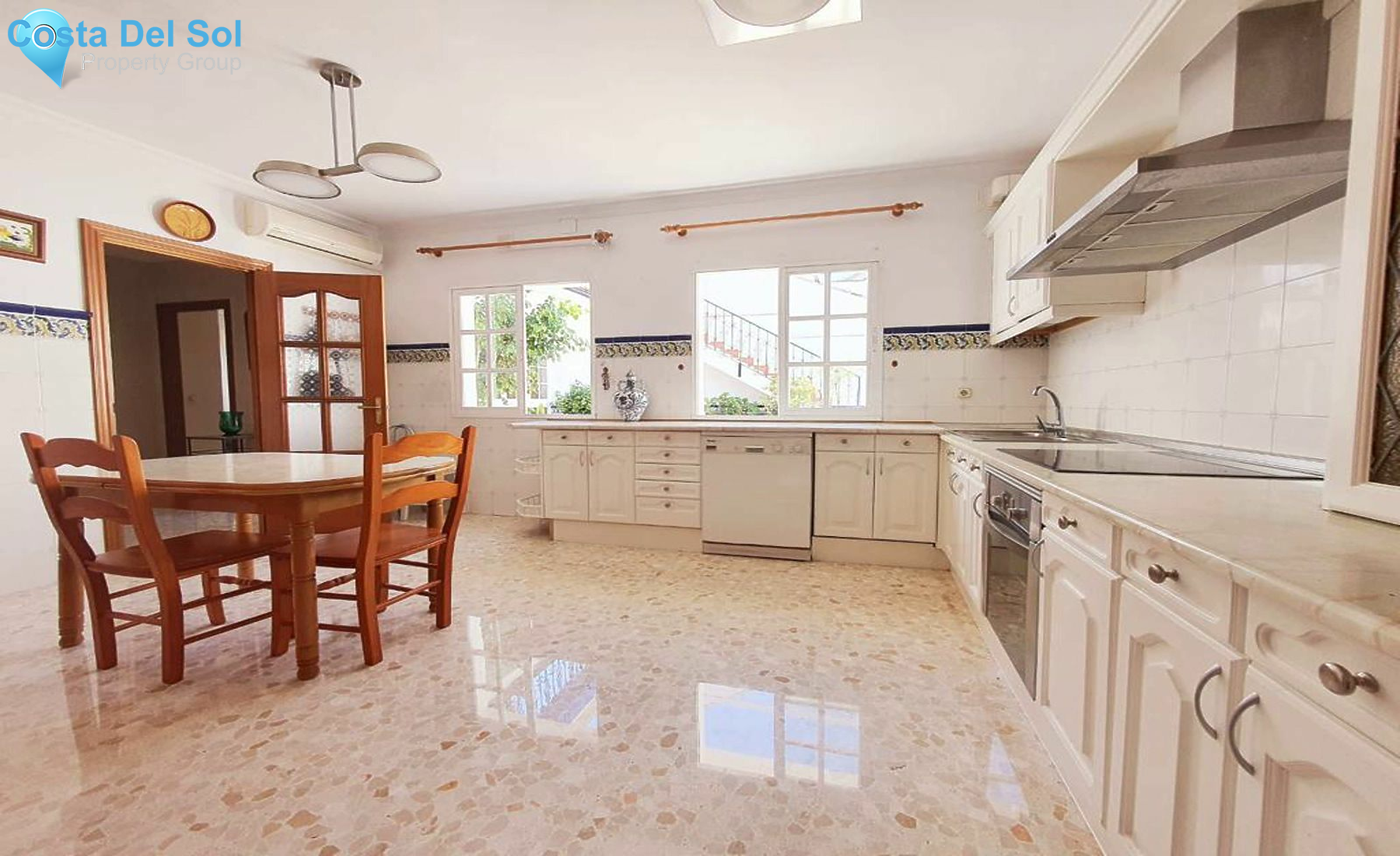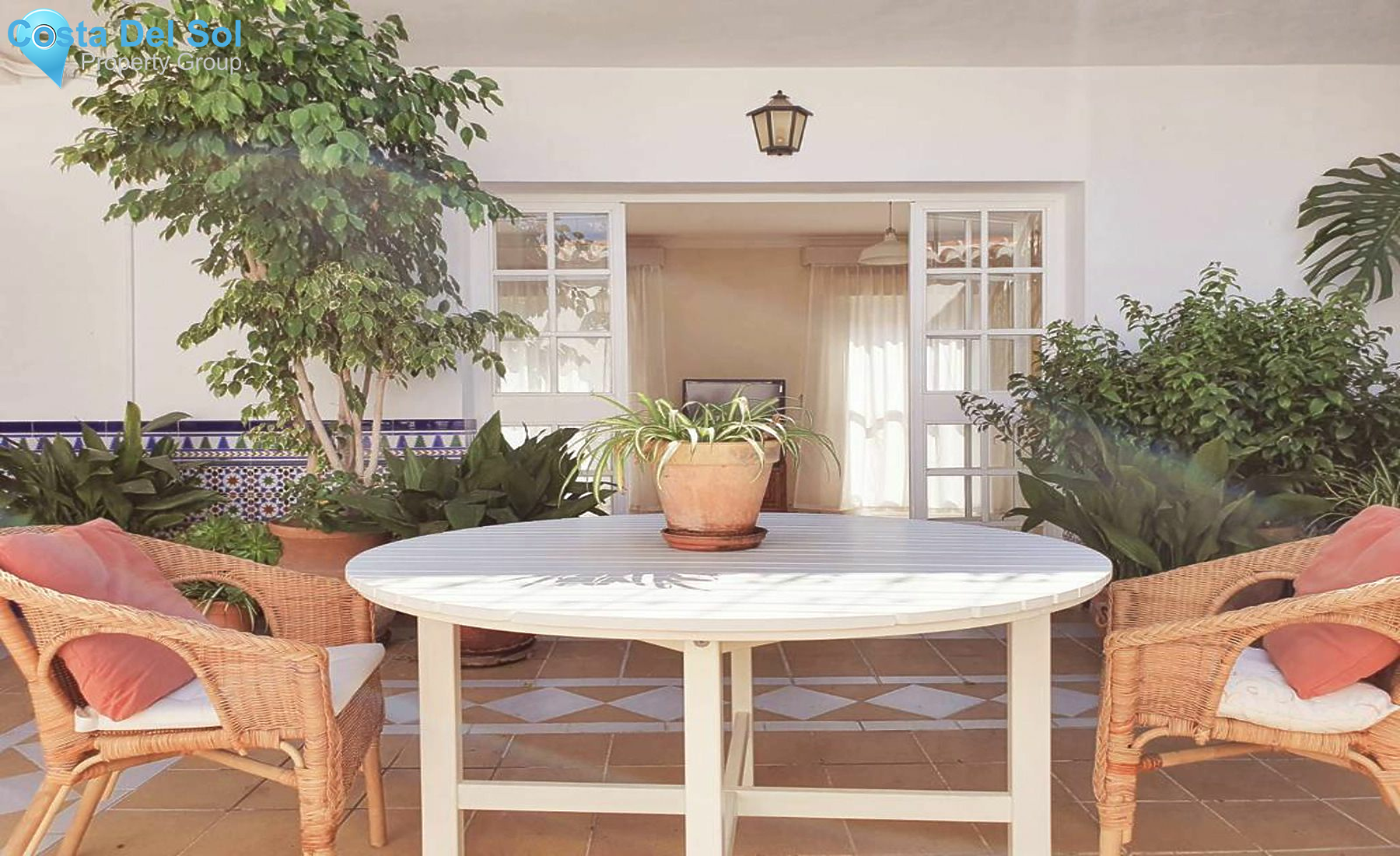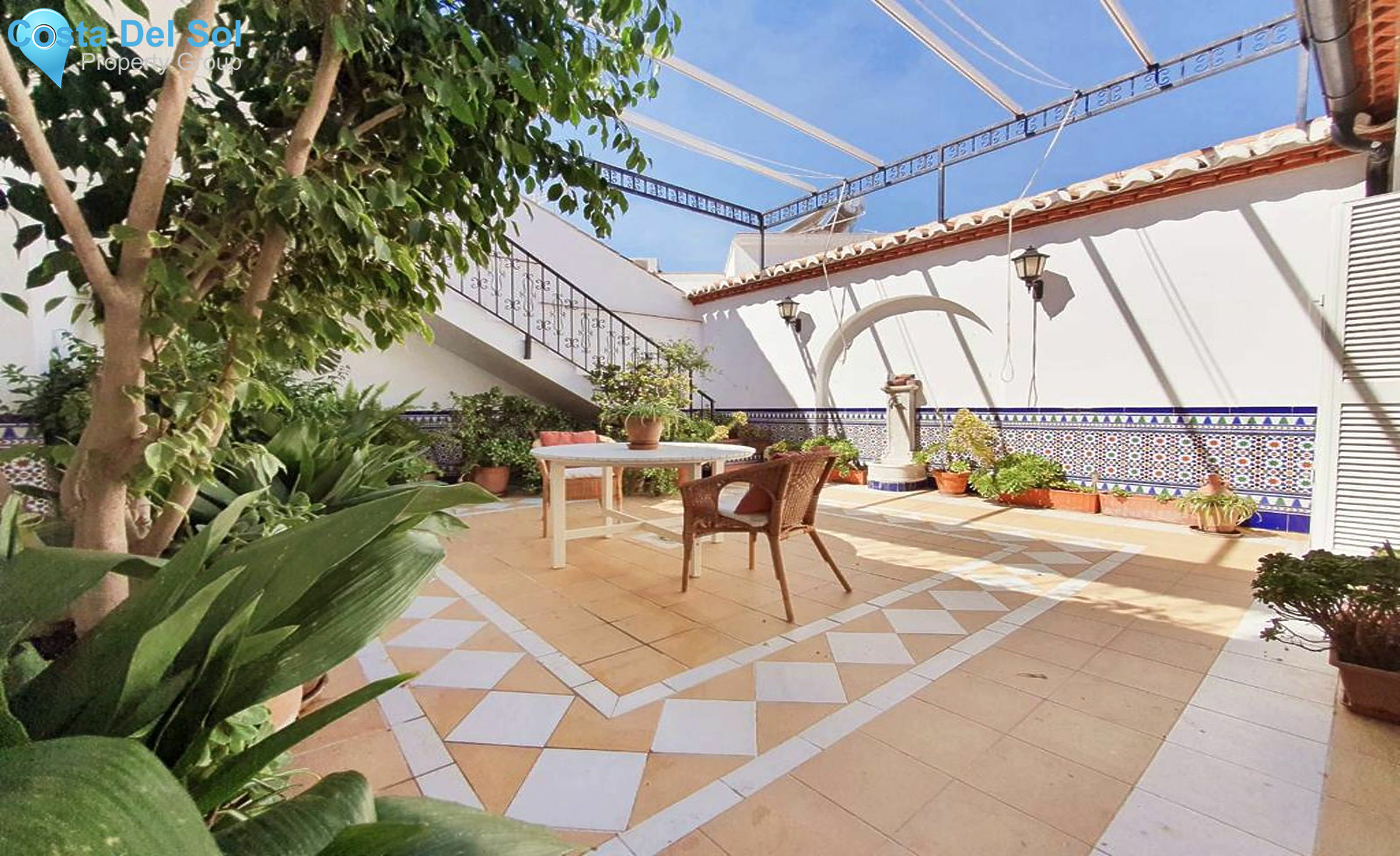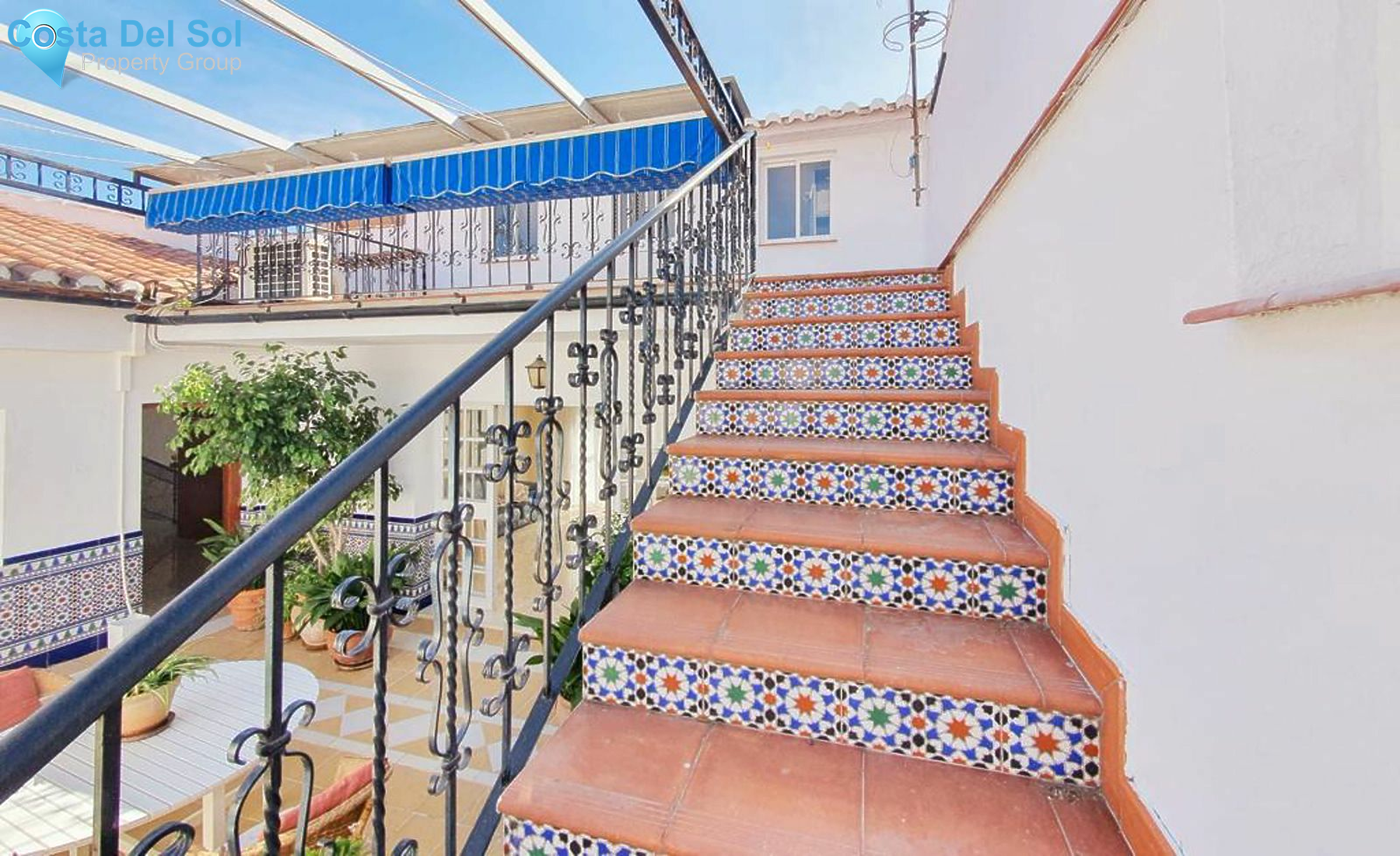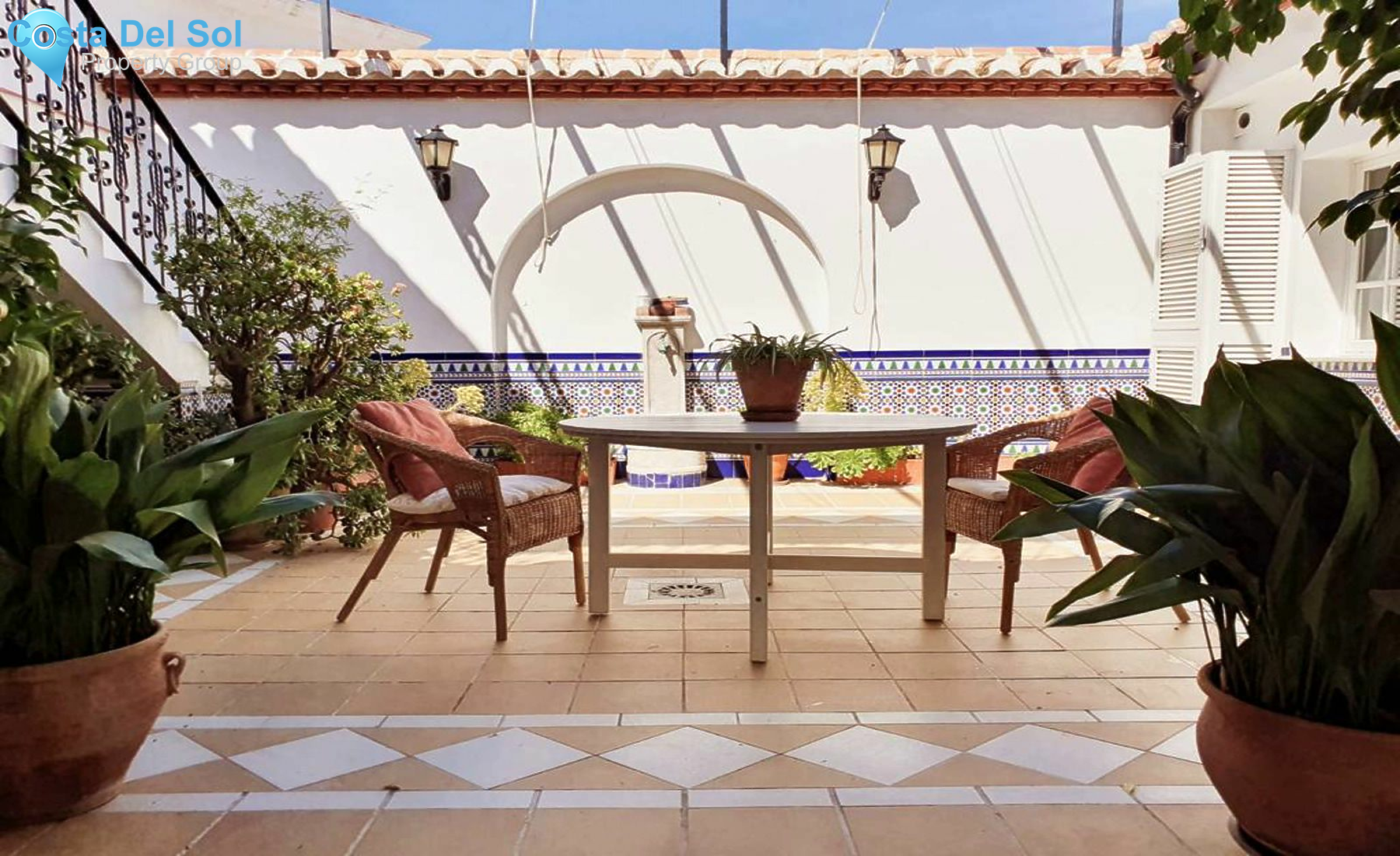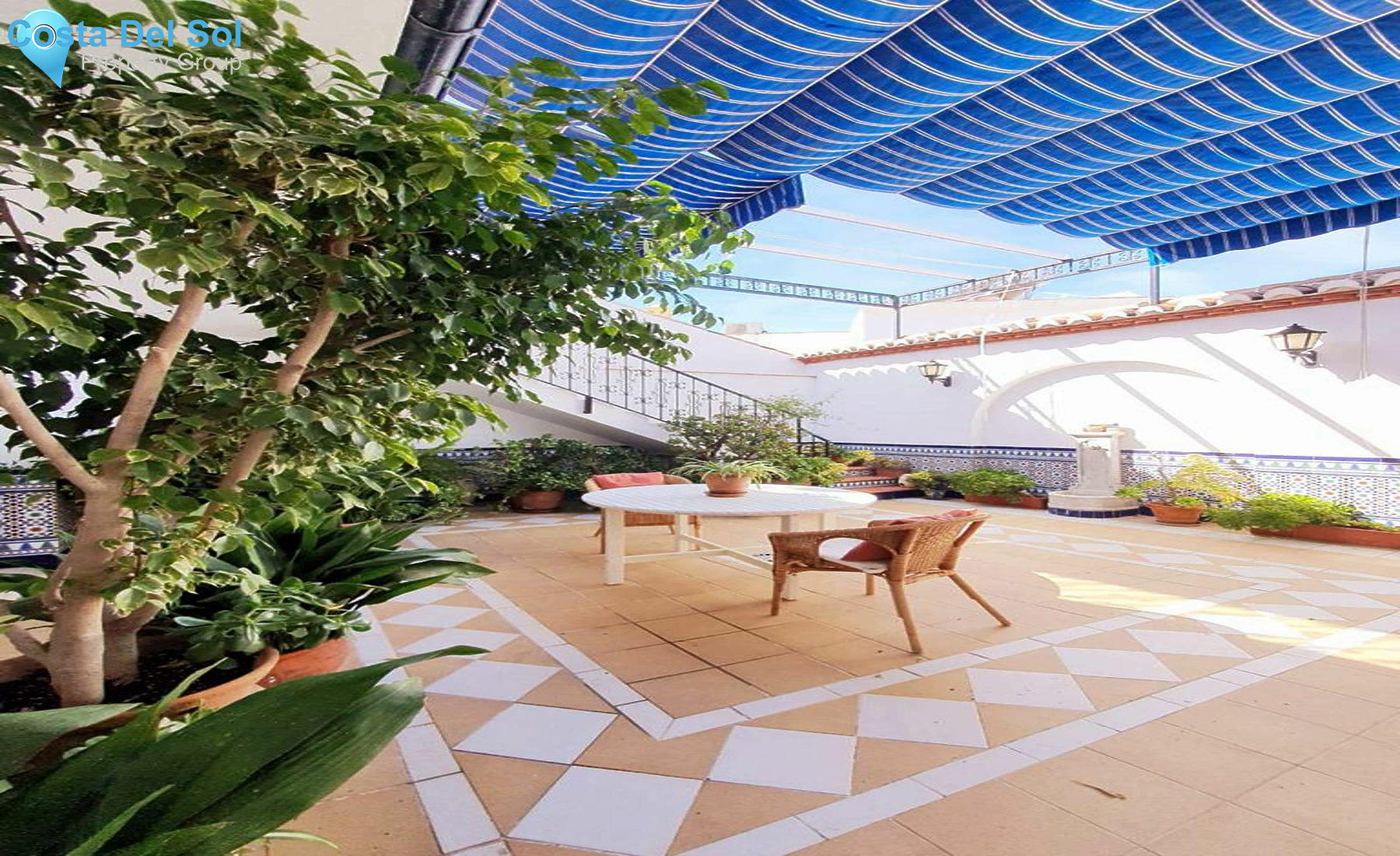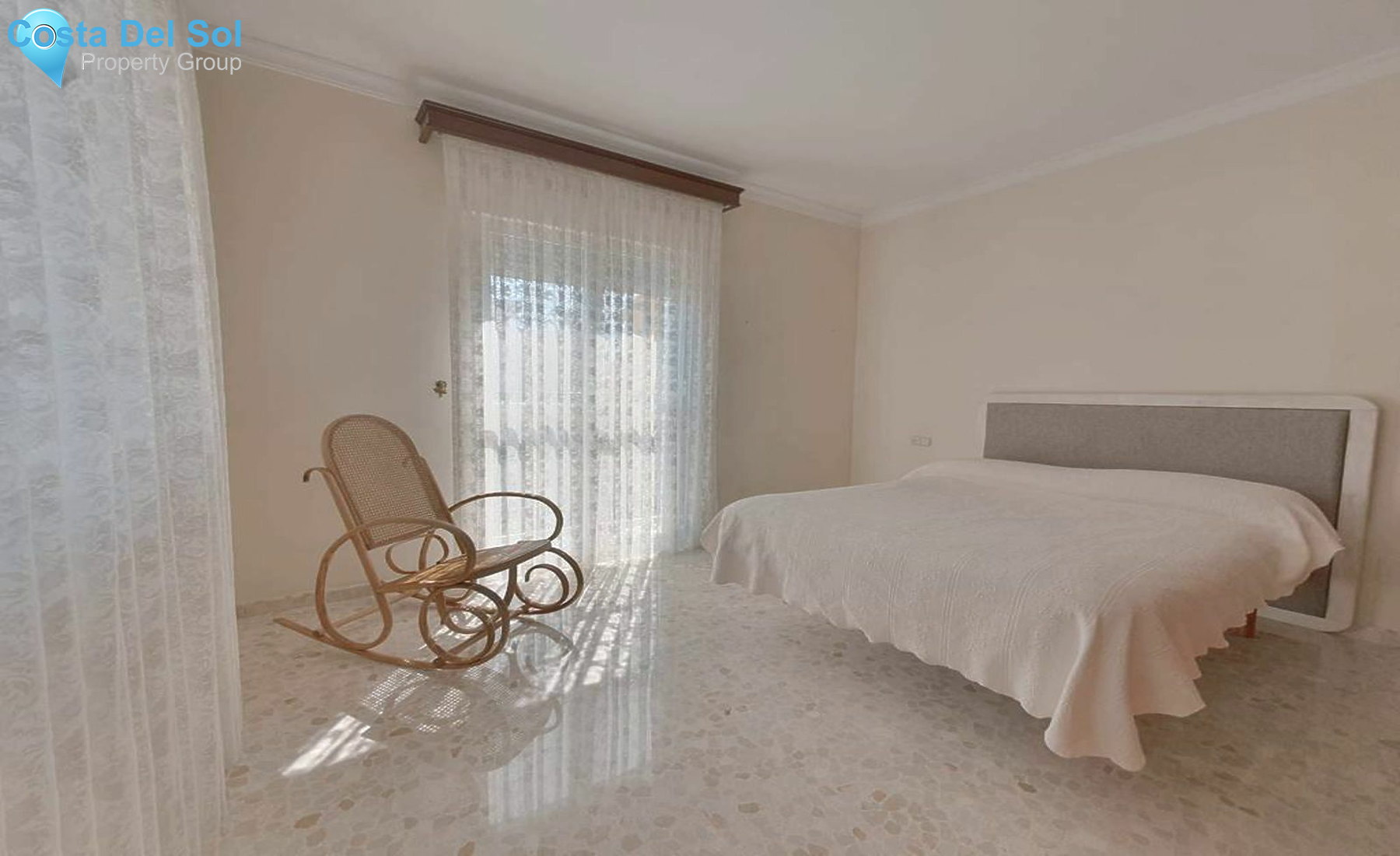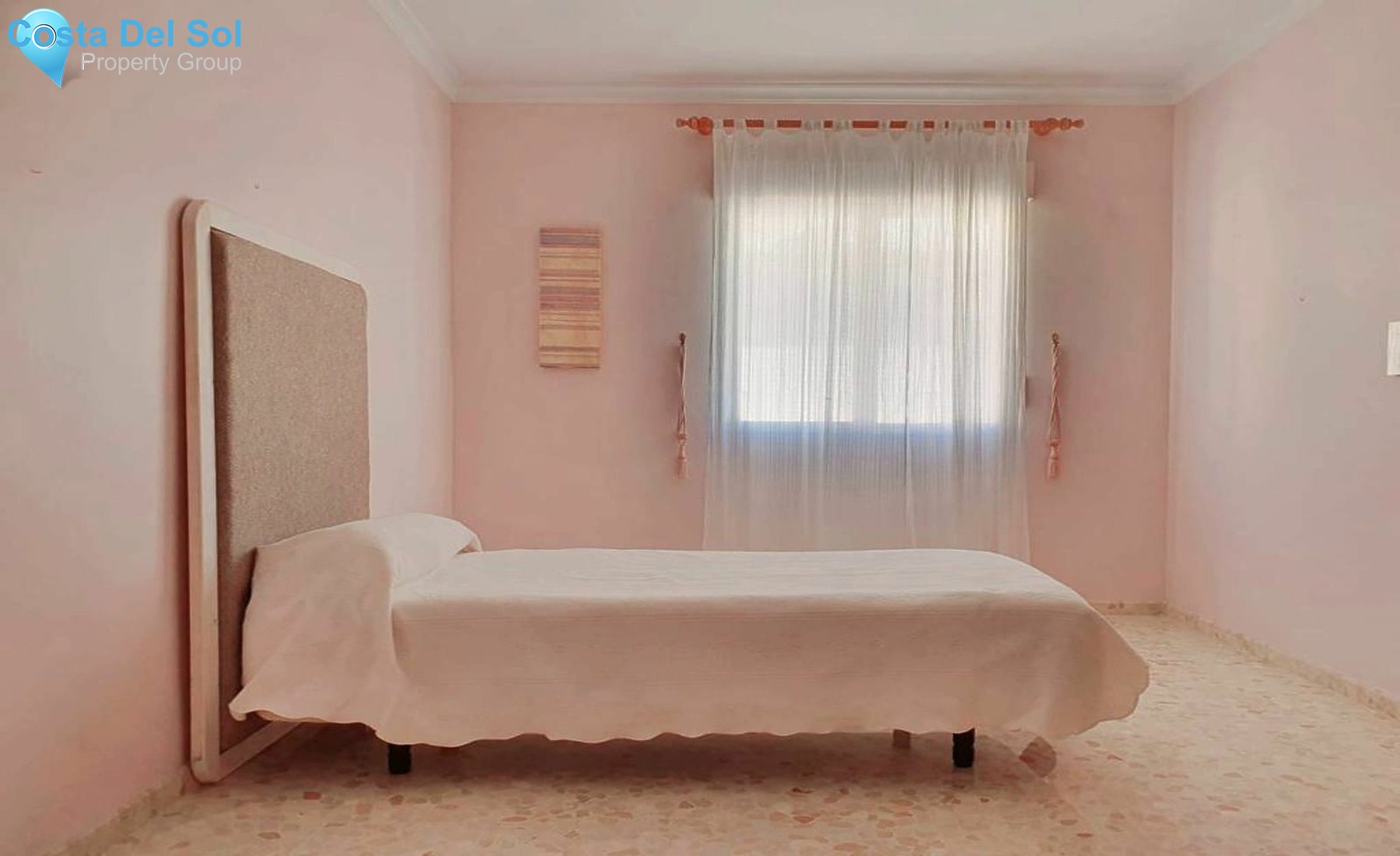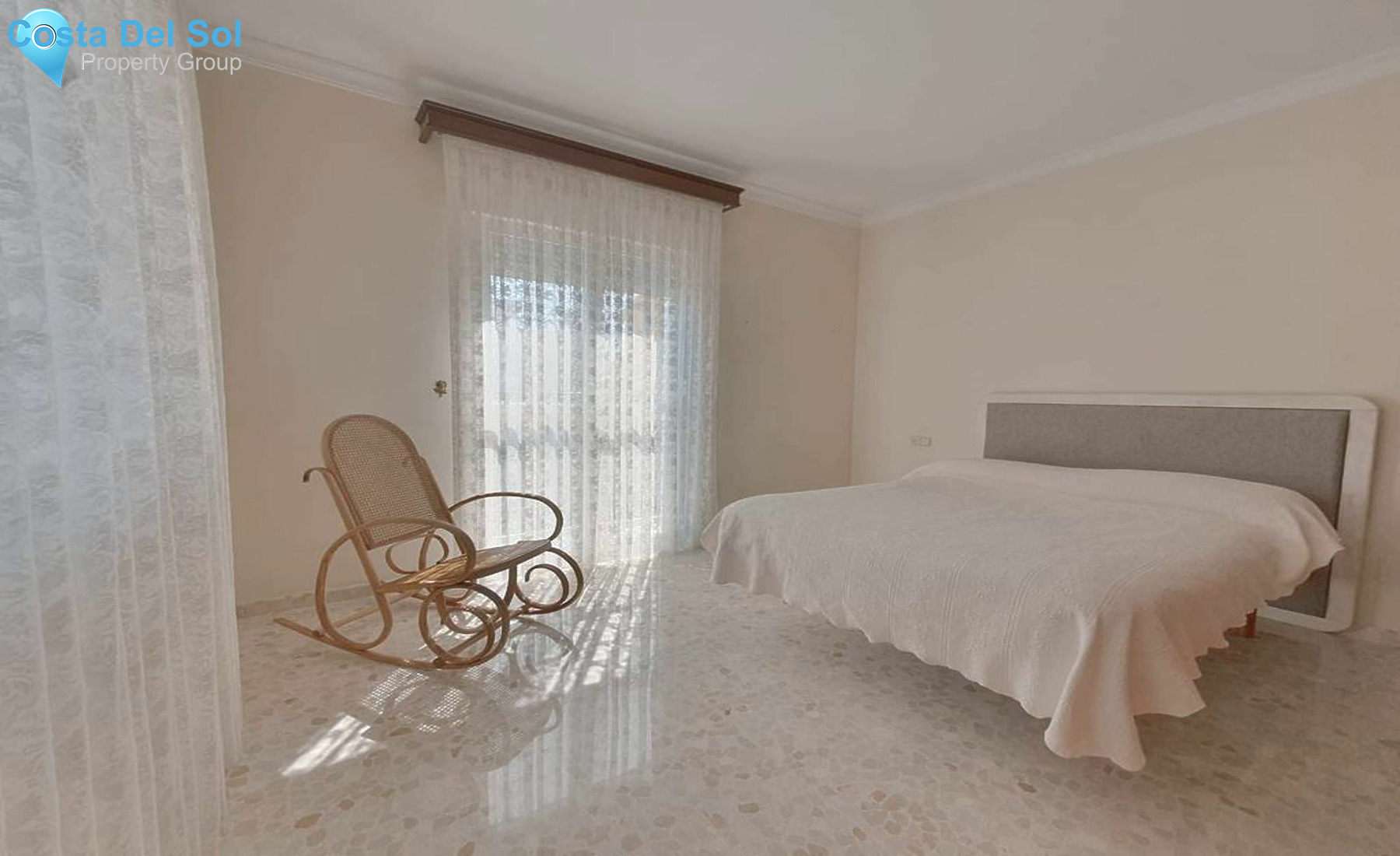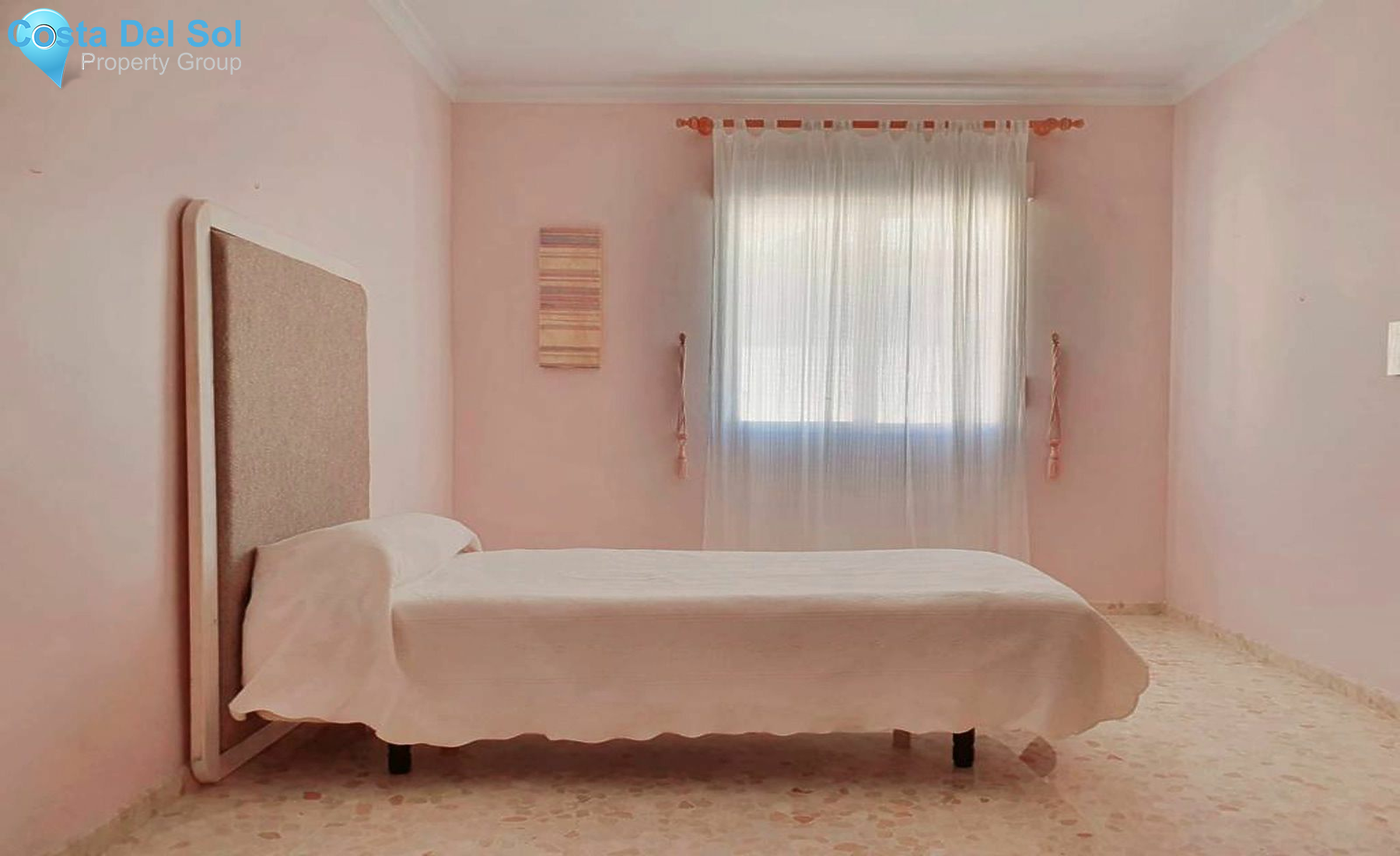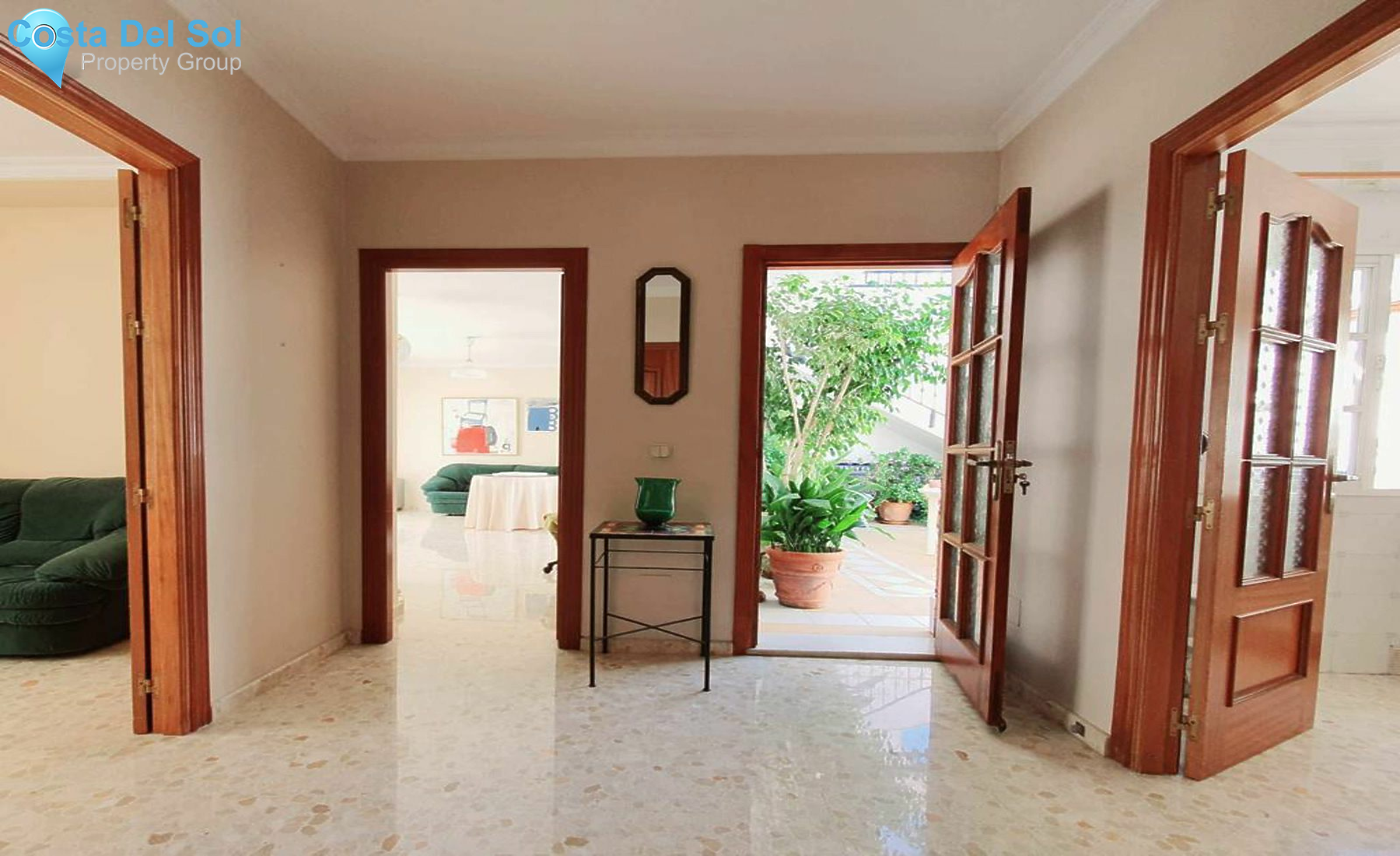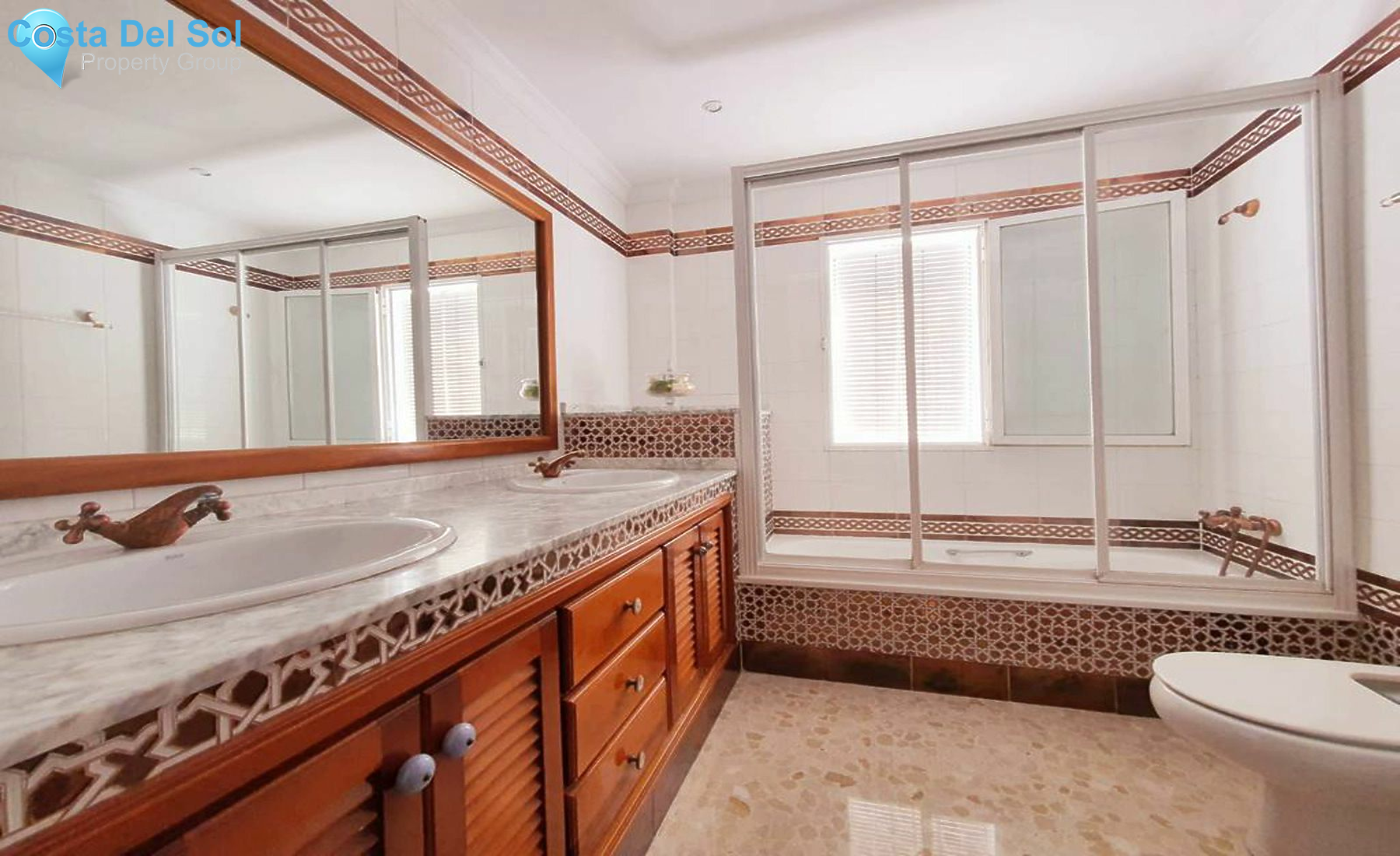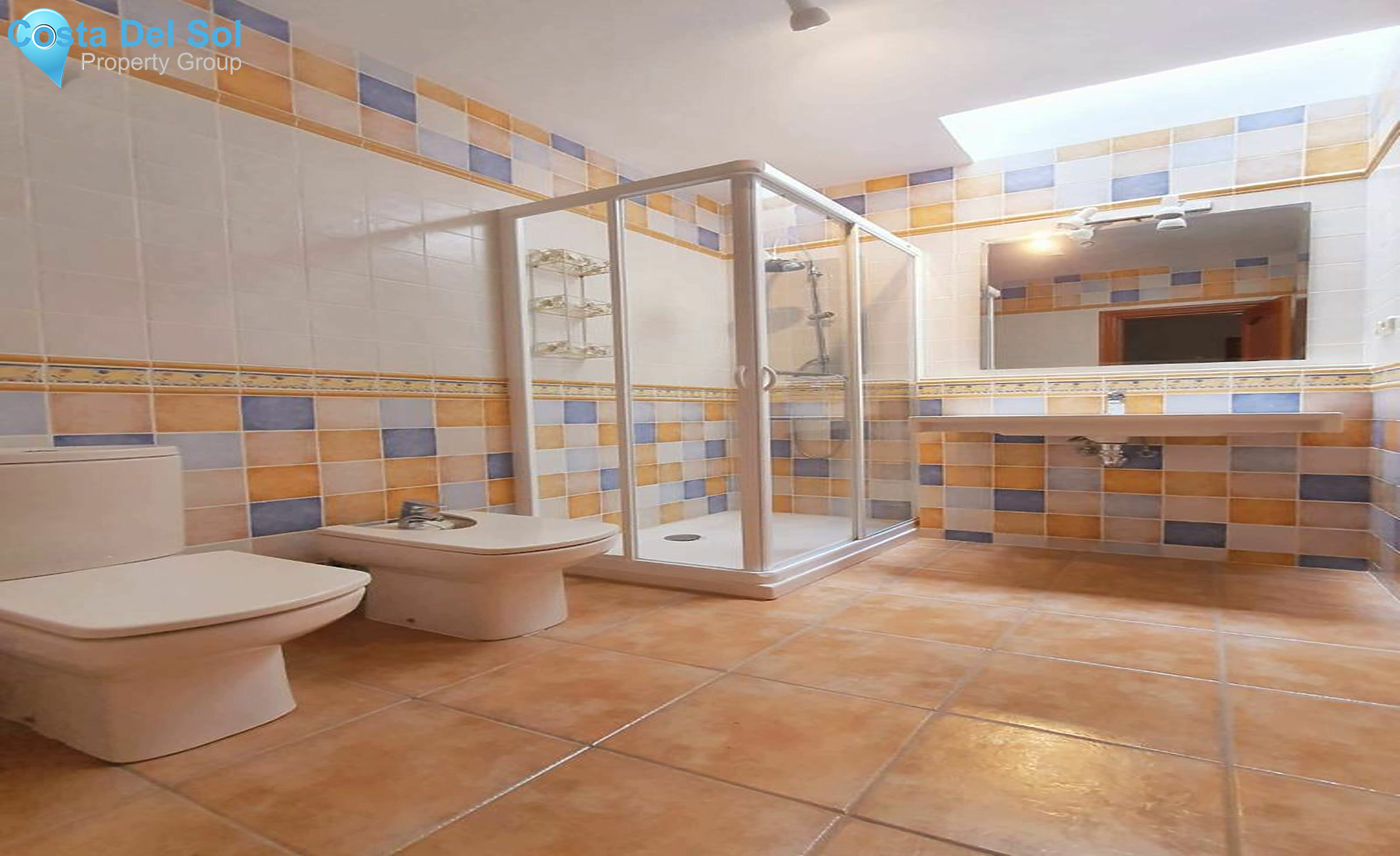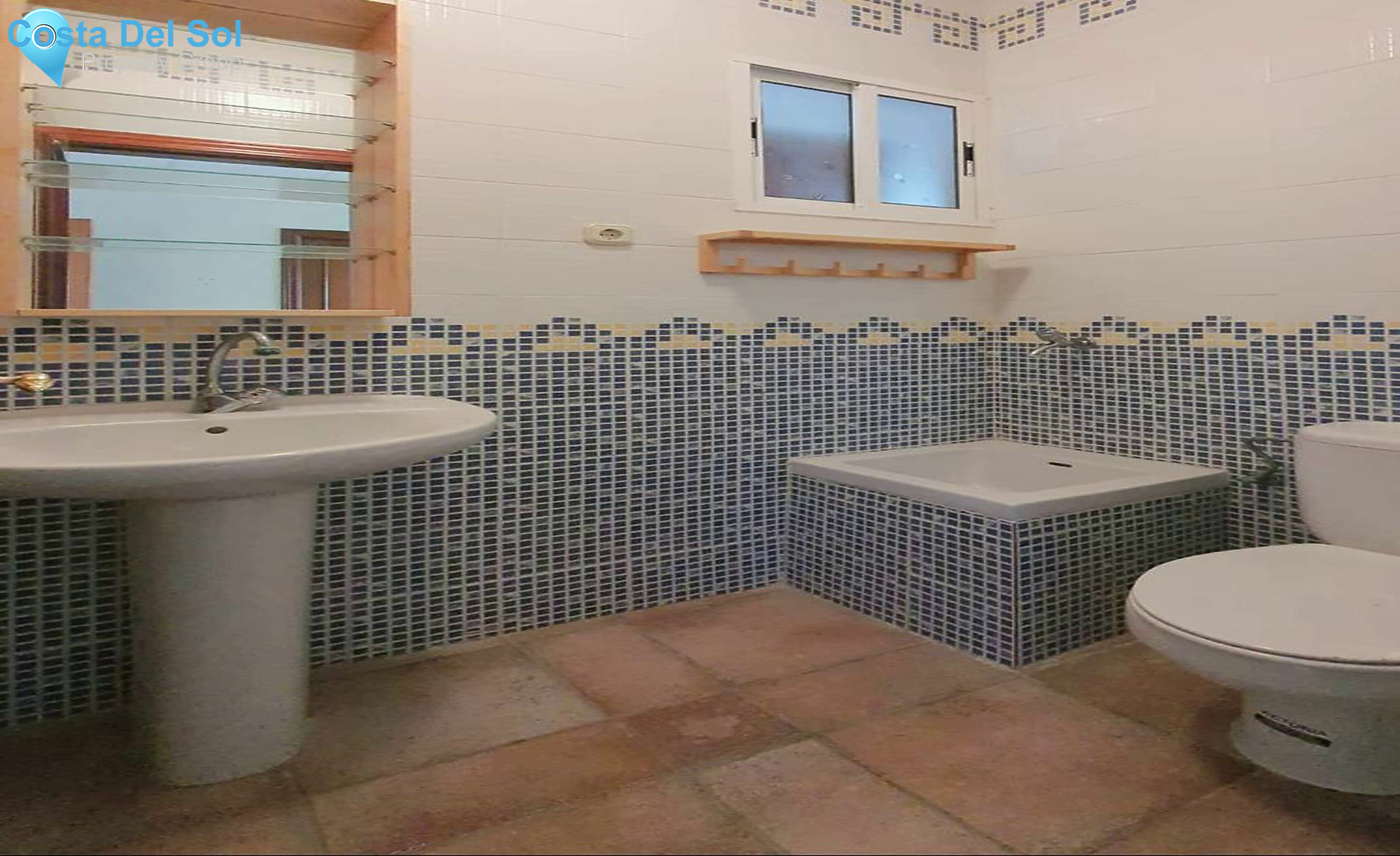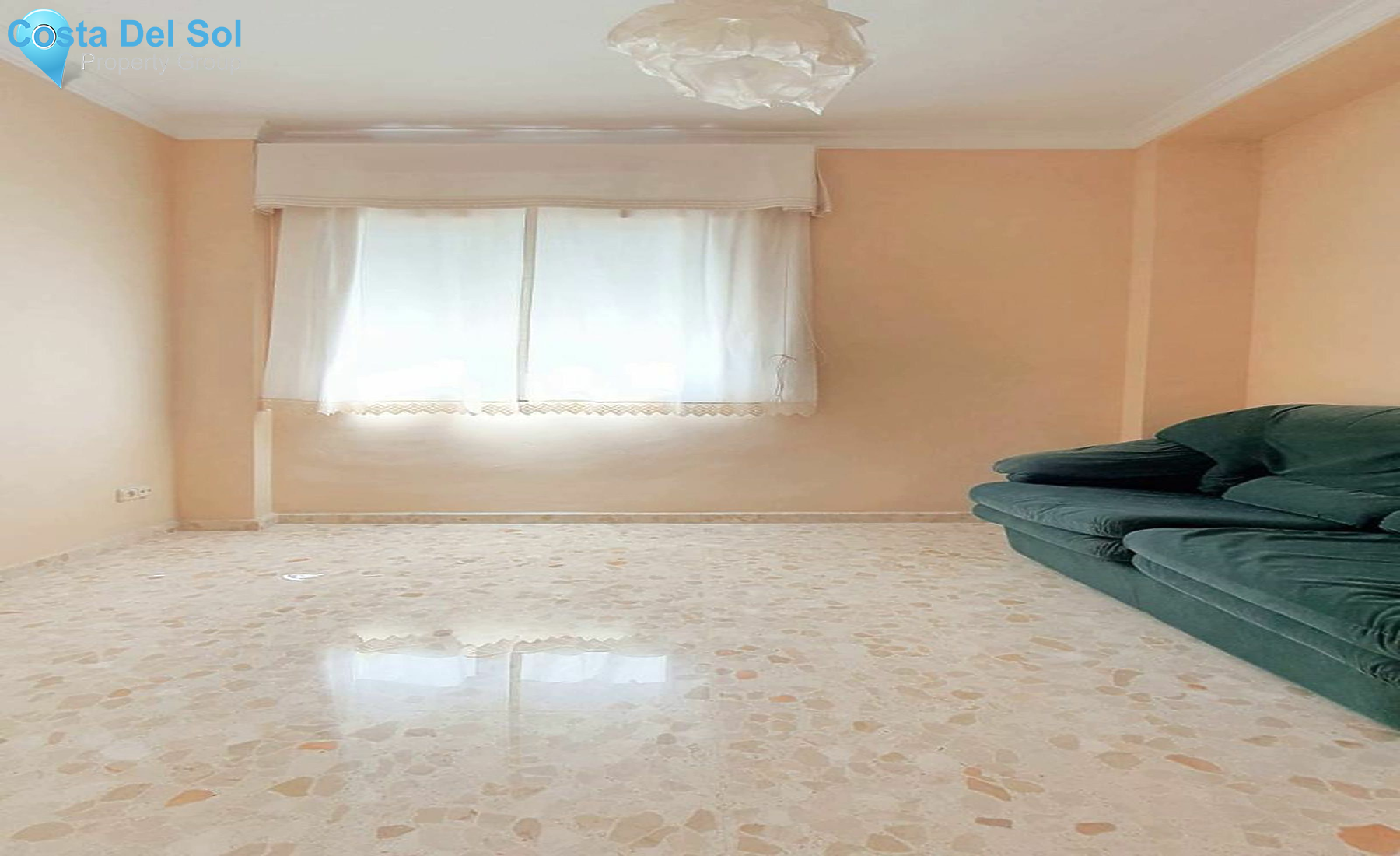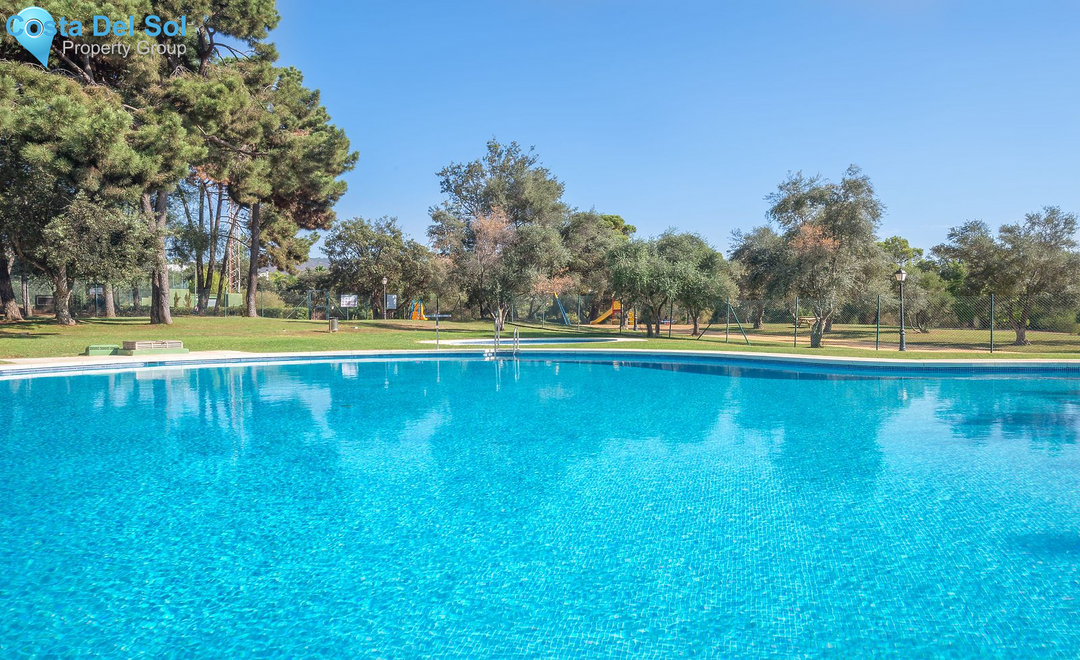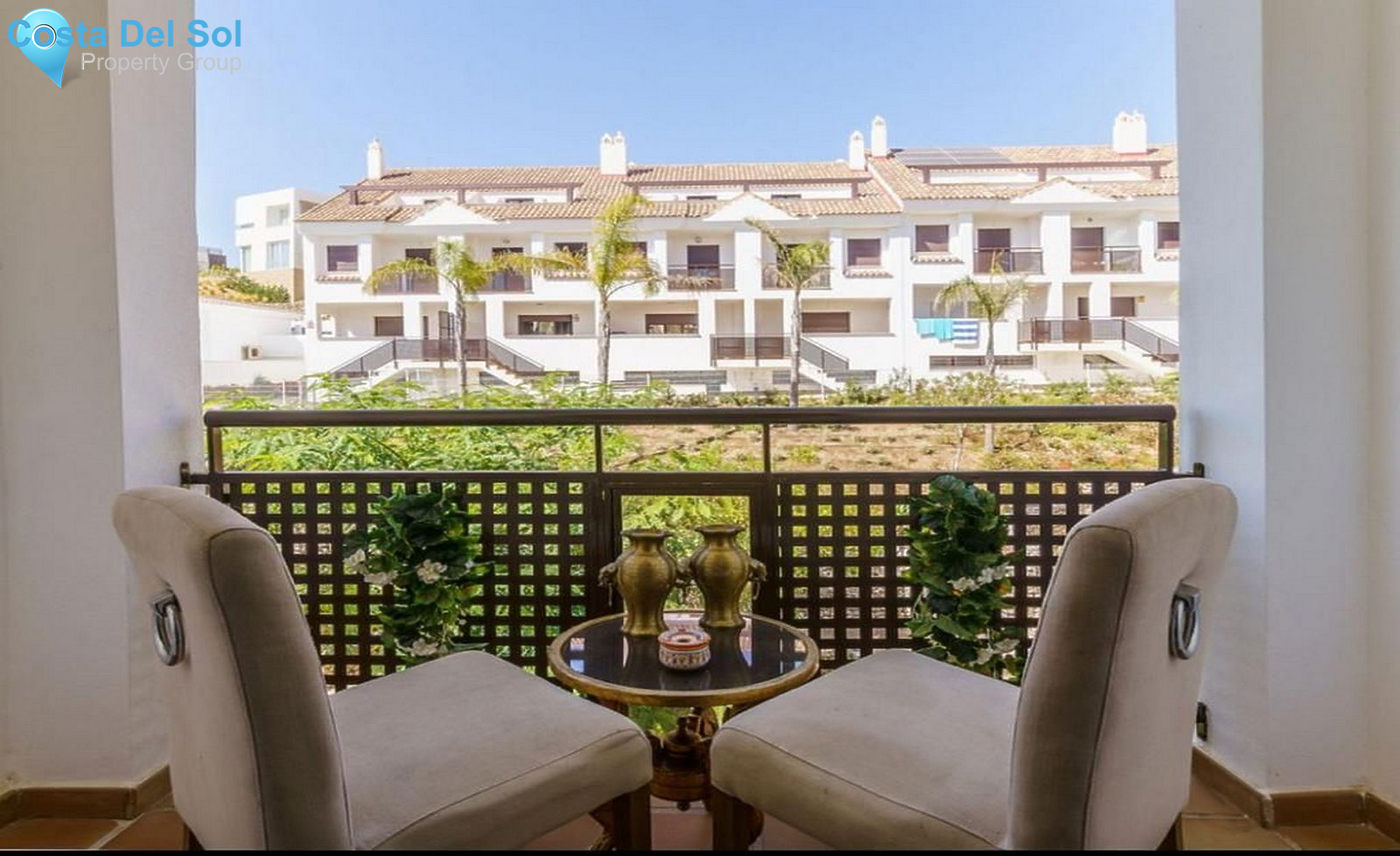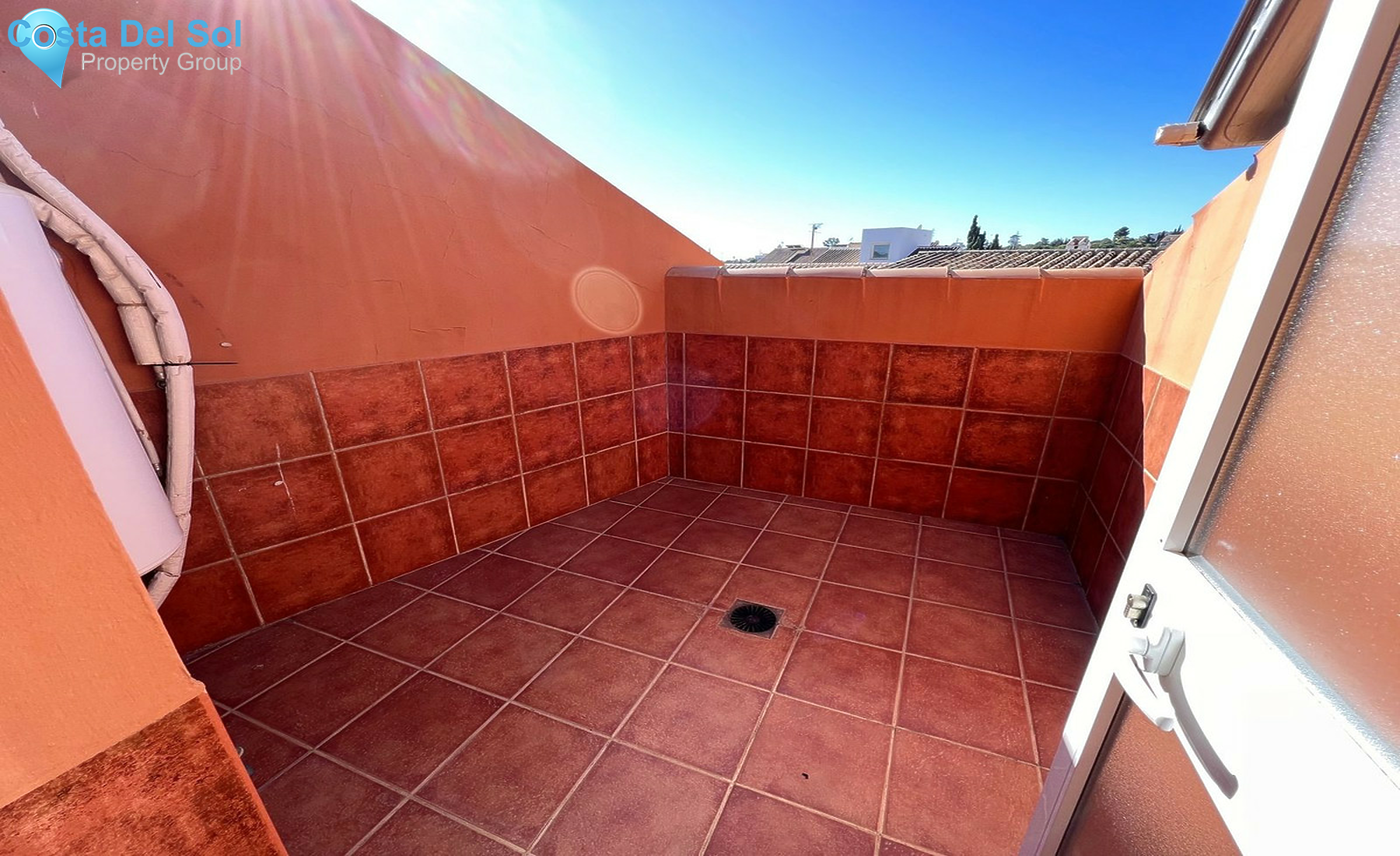Property details
- Property ID: CDS34786
- Price: € 286,000
- Plot Size: 189 m2
- Built Size: 332 m2
- Terrace Size: 0 m2
- Bedrooms: 4
- Bathrooms: 3
- Property Type: Townhouse
Notice: Trying to access array offset on value of type bool in /var/www/clients/client5/web6/web/property.php on line 328
Notice: Trying to access array offset on value of type bool in /var/www/clients/client5/web6/web/property.php on line 328
- Kitchen: Partially Fitted
- Views: Urban
- Parking: Garage
Setting
- Town,Close To Shops,Close To Schools
Description
Very Large 4 bedroom 3 bathroom Corner property in Pizarra
Located close to the Rail station and centre of Town.
This property offers many opportunities for conversion or different uses
The lower floor could be used for numerous commercial uses subject to permissions.
Shop, Offices, storage, workshop,Bar/restaurant, or it could be converted into 2 or possible more apartments.
A very flexible property in a fantastic corner location.
The property is currently a single family house of 332mtr2
with separate entrance to stairs to the upper Floor.
Here is a very large Lounge area with a second reception room.
There is the Kitchen/ dining room again of generous proportions.
There are 4 bedrooms and 3 Bathrooms
There is a terrace are and stairs up to another terrace on the roof.
The property has solar water heating system
there is air conditioning.
The ground floor has a double height storeroom garage and a Squash court.
Very flexible and suitable for conversion for commercial us whilst keeping the living space above totally separate.
Contact to view this property.
4 Bedrooms, 3 Bathrooms, Built 332 m², Ground Floor 189 m².
Setting : Town, Close To Shops, Close To Schools.
Orientation : South.
Condition : Excellent.
Climate Control : Air Conditioning.
Views : Urban.
Features : Covered Terrace, Fitted Wardrobes, Near Transport, Private Terrace, ADSL / WIFI, Storage Room, Utility Room, Ensuite Bathroom, Near Church, Fiber Optic.
Kitchen : Partially Fitted.
Parking : Garage.
Utilities : Electricity, Drinkable Water, Telephone.
Category : Holiday Homes, Investment, Resale.
Features
- Covered Terrace,Fitted Wardrobes,Near Transport,Private Terrace,WiFi,Storage Room,Utility Room,Ensuite Bathroom,Near Church,Fiber Optic
Property video
Location
- Area: Málaga
- Town: Pizarra
Current Weather in Pizarra
About:
Pizarra is a town and municipality in the province of Málaga, part of the autonomous community of Andalusia in southern Spain.
The municipality is situated approximately 30 kilometres from Málaga.
It is located in the center of the province and belongs to the comarca of Valle del Guadalhorce.
The town is served by the Málaga Metropolitan Transport Consortium Metropolitan bus lines.
The municipality of Pizarra is located in a strategic area in the Guadalhorce Valley region, between Álora and Cártama.
It is 10 km from Álora and around 13 km from Cártama.
Pizarra is crossed by the Guadalhorce River along 8.5 kilometres (which has a width of 11.5) and 8 km, from east to west and from north to south, respectively.
Pizarra is also surrounded by Almogía, Cártama, Coín, Álora, and Casarabonela .
It is located 80 meters above sea level.
Its highest point is in the Sierra de Gibralmora, 447 meters above sea level, which offers, on the side facing Pizarra, a unique landscape of sandstone rocks that is made spectacular by some of the shapes that this rock presents at the top.
Pizarra is very well connected to its capital, Málaga, which is 30 km away and can be reached from the town by road, bus or rail.
Pizarra is a municipality dedicated to irrigation, as it has a municipal surface area of just over 64 km² dedicated to this.
The local products of the land are typical of the Guadalhorce Valley, as are the neighbouring towns.
In dry land, the most important crops are olive and almond trees, and to a lesser extent, but no less important, cereals and legumes.
As for irrigated land, lemon and orange trees predominate.
In the western half of the area, the new irrigation systems of the Guadalhorce have transformed the small hills and undulating terrain into terraces where citrus fruits, subtropical crops and other fruit trees are grown, completing and enhancing the landscape of traditional orchards.
Centuries-old carob trees, olive trees, fig trees, almond trees, walnut trees and fruit trees beautify the landscape all year round.
Drinking water comes from the high mountains, which are rich in streams.
Land ownership, on the other hand, is more concentrated here, which produces a high number of temporary workers, seasonal workers who depend on the harvest season, and others to a lesser extent who are self-employed.
On the other hand, there is little incidence of agricultural cooperatives.
In livestock farming, the most prominent are chicken and pig farms.
Hence, there are feed and flour factories, as well as some textile cooperatives and metal carpentry workshops.
The construction sector is more dynamic than the industrial sector.
The tertiary sector employs a quarter of the population.
This is where the future of these towns lies, through the symbiosis of nature, work and services.
In recent years, rural tourism has become more important.
Taxes & Fees
Notice: Trying to access array offset on value of type bool in /var/www/clients/client5/web6/web/Global-Includes/footer.php on line 1
File does not exist. "https://costadelsolpropertygroup.com/propertyVideos/noVideo.mp4"
